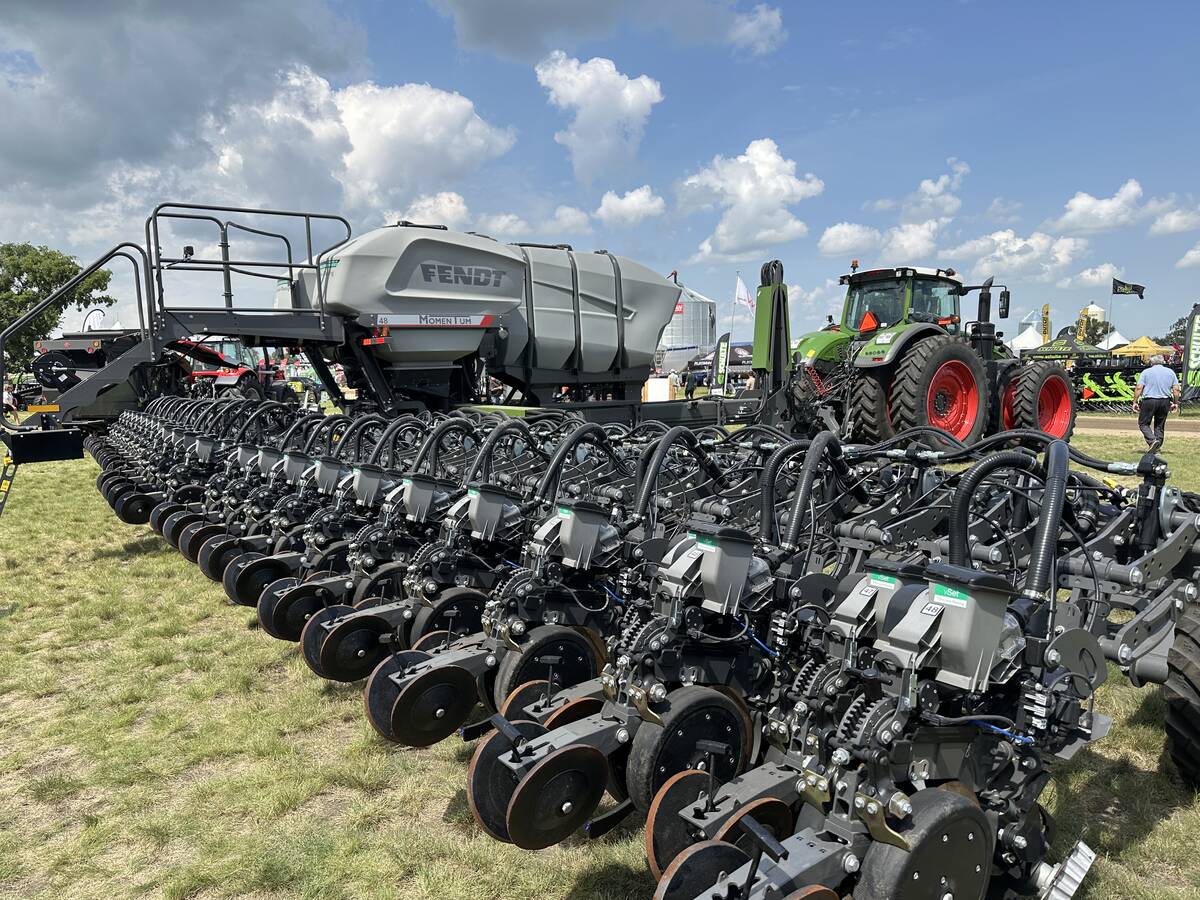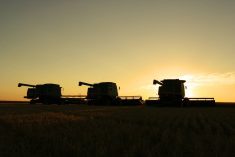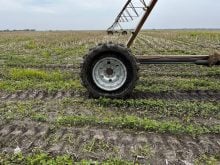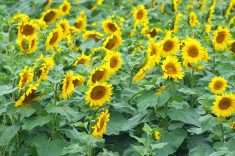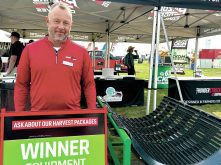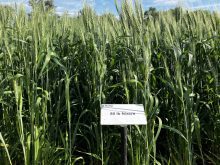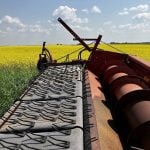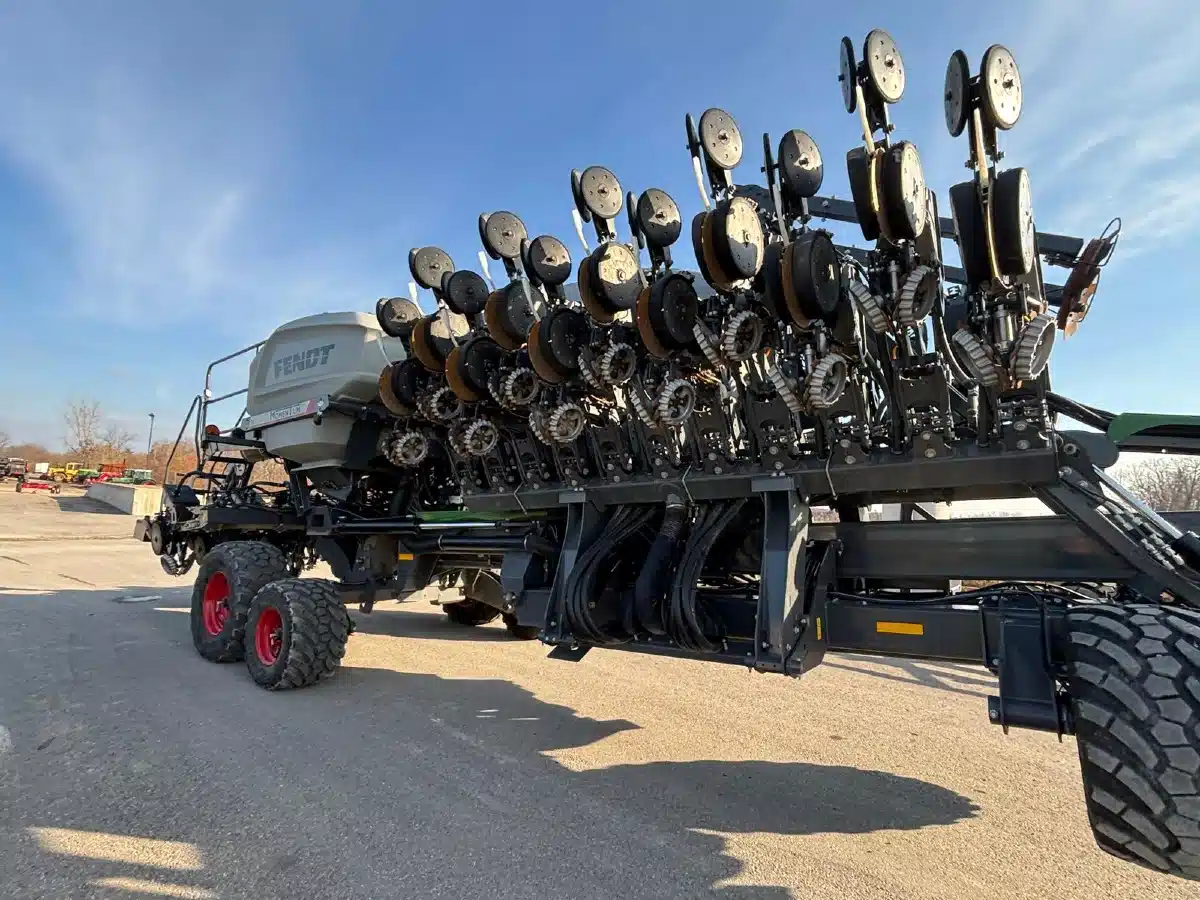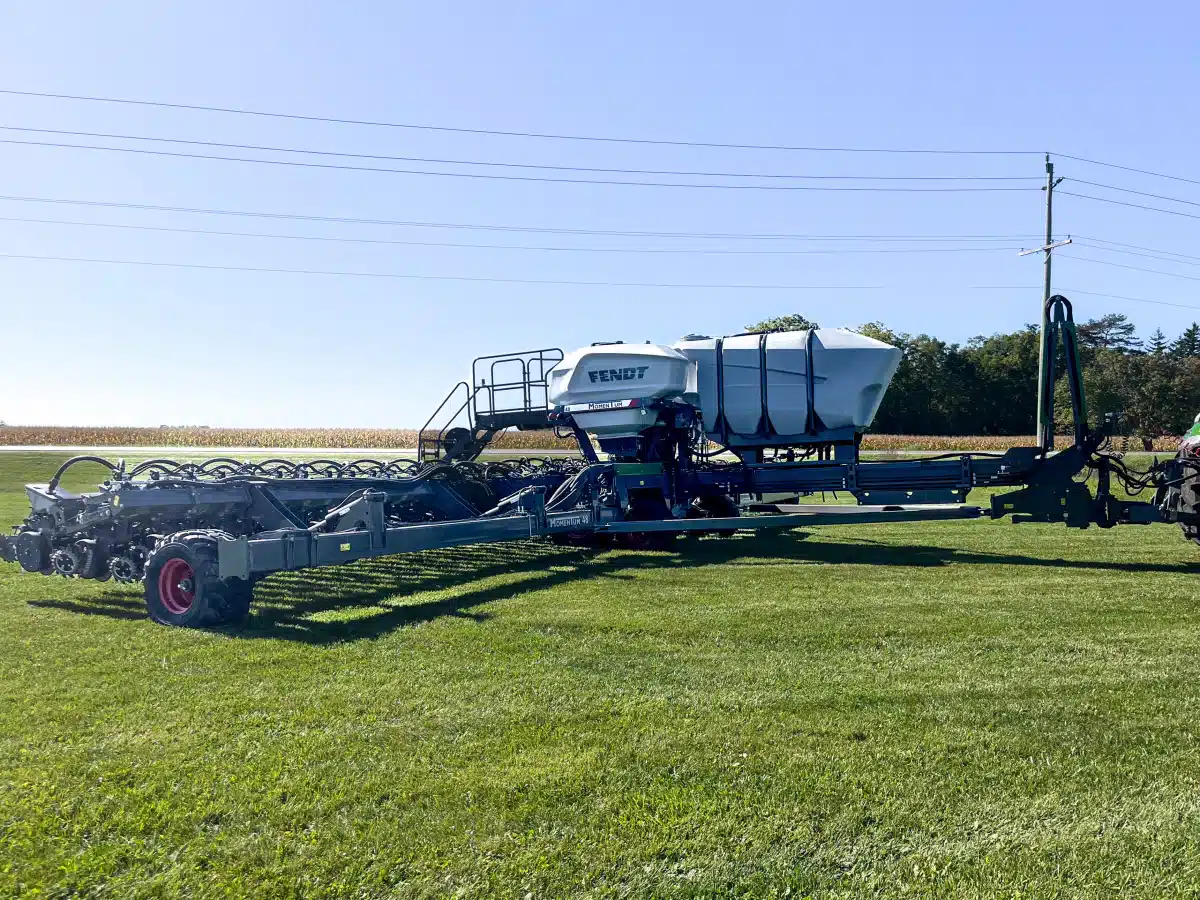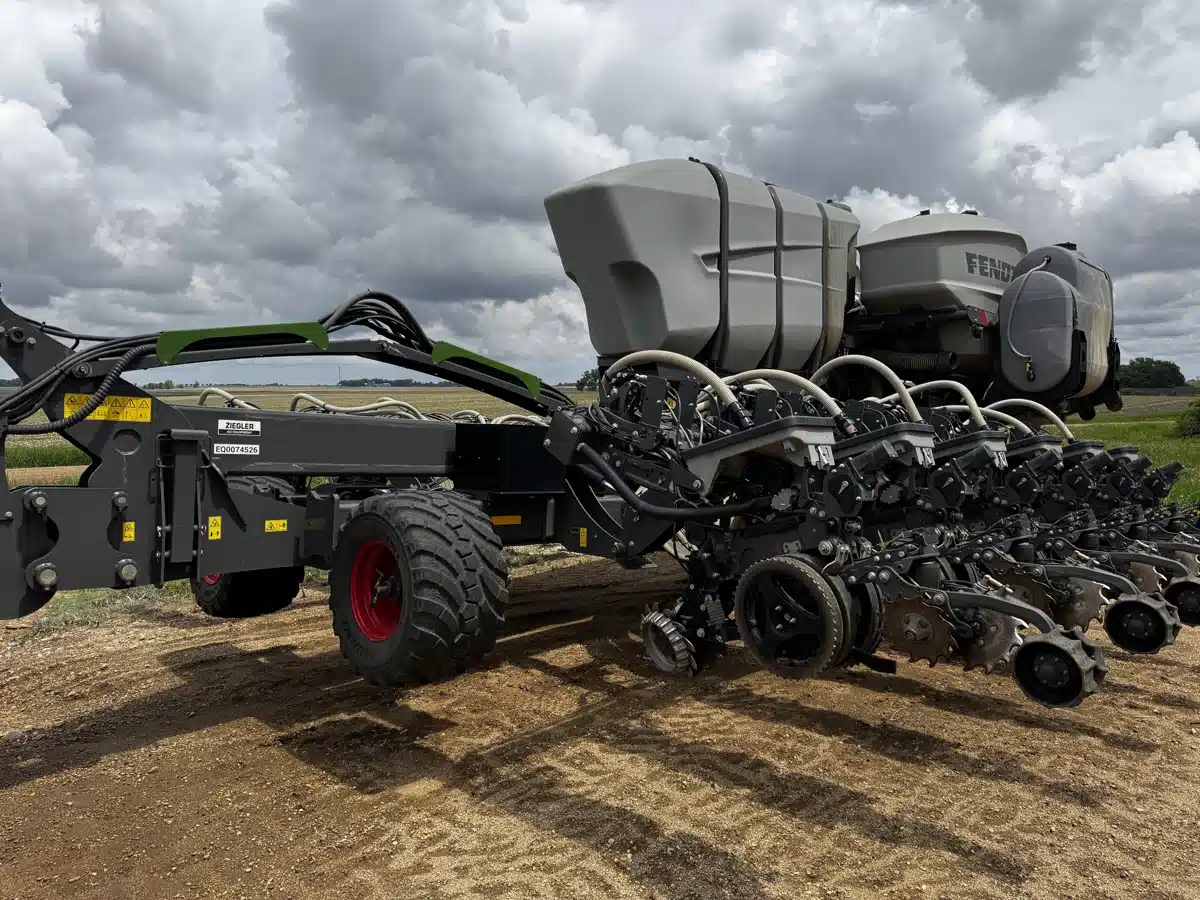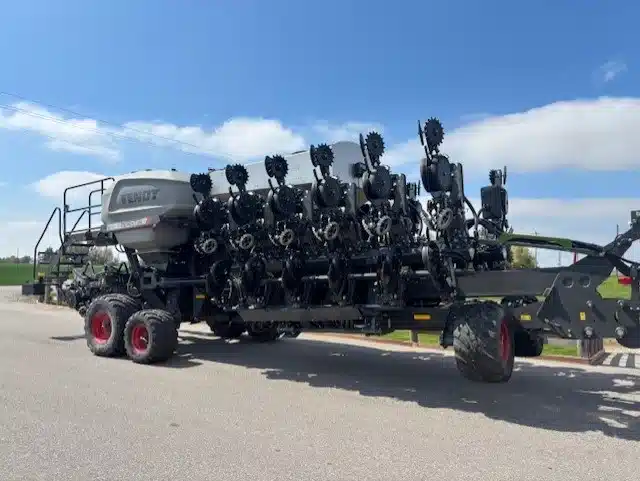High seed costs and low grain prices are forcing Prairie farmers to take a hard look at every acre. For canola, that has brought the long-running planter-versus-seeder debate back to the forefront.
“The planter/seeder debate is an interesting one. Essentially, it’s a cost/benefit analysis,” said Darren Bond, farm management specialist with Manitoba Agriculture.
Of course, buying a shiny new piece of farm equipment brings financing costs — but that’s only the beginning.
Read Also
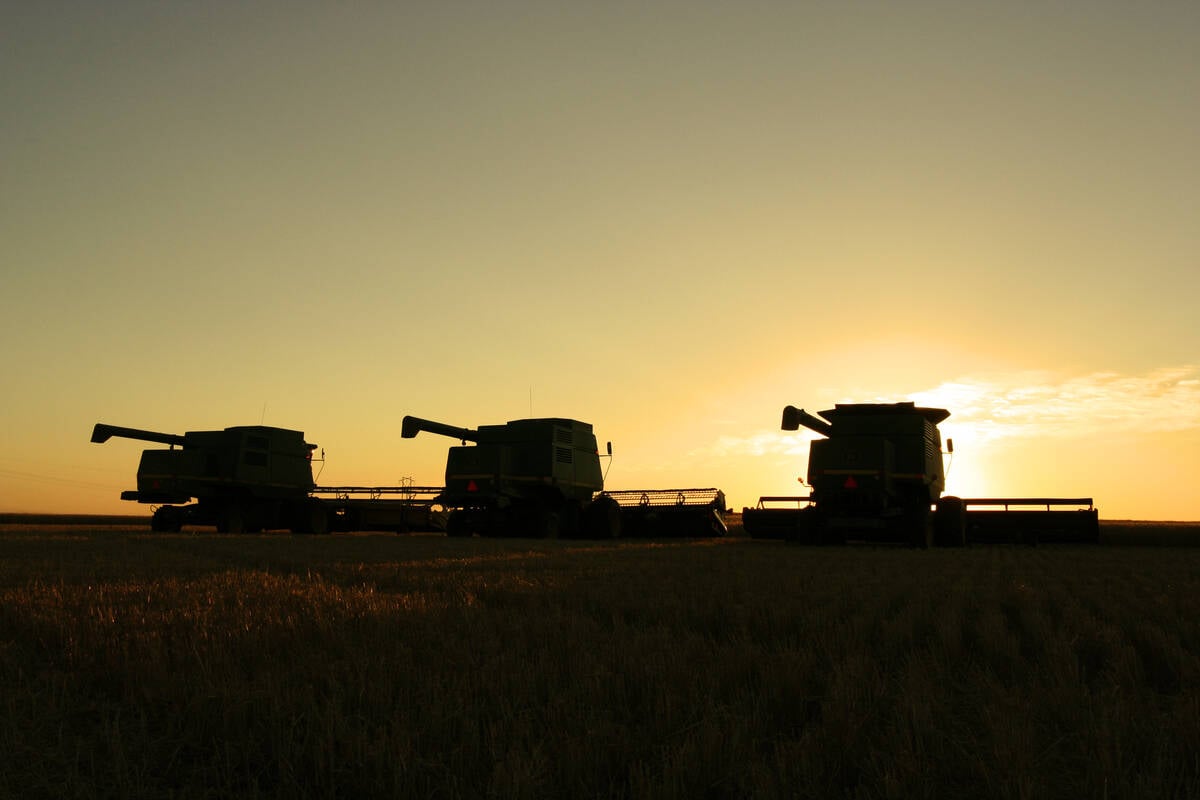
BASF donates seed, inputs to community growing projects
Growers or retailers interested in nominating a community project for the Fields of Purpose program in 2026 can contact their local BASF representative.
“The biggest thing is the cost, but cost is always the easy part of the cost-benefit analysis,” said Bond. “So we have to look from a broader perspective.”
On the other side of the balance sheet is seed savings.
“One of the big selling points of using a planter is being able to reduce the seed rate. Seed is very expensive,” he said. “In our 2025 cost of production guide, canola is $82.50 an acre. If we can halve that seed cost, there’s some pretty big savings there.”
Fendt’s Momentum planter in the spotlight
That cost-conscious mood was on display at Ag in Motion 2025 near Langham, Sask., where AGCO featured its Fendt Momentum planter.
The Momentum is AGCO’s flagship planter, and Don Green, product specialist with Fendt, said it brings new capabilities. With a 130-bushel seed tank and a 1,000-gallon liquid tank, it sits at the high-capacity end of the market.
Green said canola is proving to be a viable fit for the planter. Fendt recently sponsored some research that was done at Olds College in Alberta.
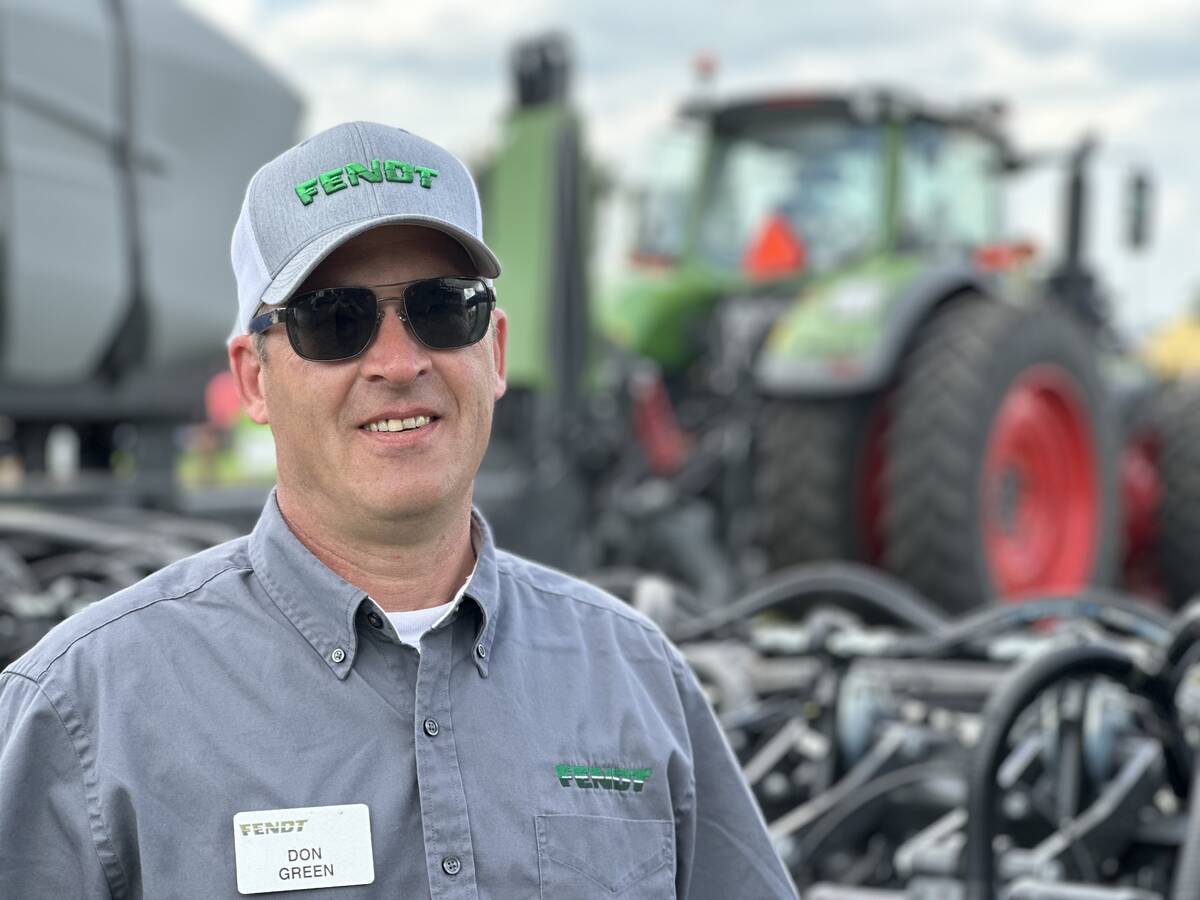
“They did a side-by-side comparison with a competitive air drill, and it showed that we could produce more plants per acre with a lowered seeding rate,” he said. “So, there’s automatically a seed savings in there.”
The Olds trial also showed a two-bushels-per-acre yield advantage, but Green said that yield boost isn’t a guarantee, as those kinds of results are variable.
“I wouldn’t count on that as part of the economics, but the one thing you can count on is that this planter will establish your crop for a lower seed cost per acre,” he said. “That is consistent across all of the work that we’ve done.”
Between yield and seed savings, researchers found a $50 per acre net benefit for planted canola compared to canola seeded with an air drill.
Looking beyond canola
Green said he is also excited by pulse crop potential. They are in the midst of side-by-side trials in Saskatchewan looking at the benefits of running chickpeas and lentils through a planter. Beyond the seed savings expected to mirror the canola trials, he said they’re hoping that because of the better seed placement and spacing the planter offers, there might be some disease benefits.
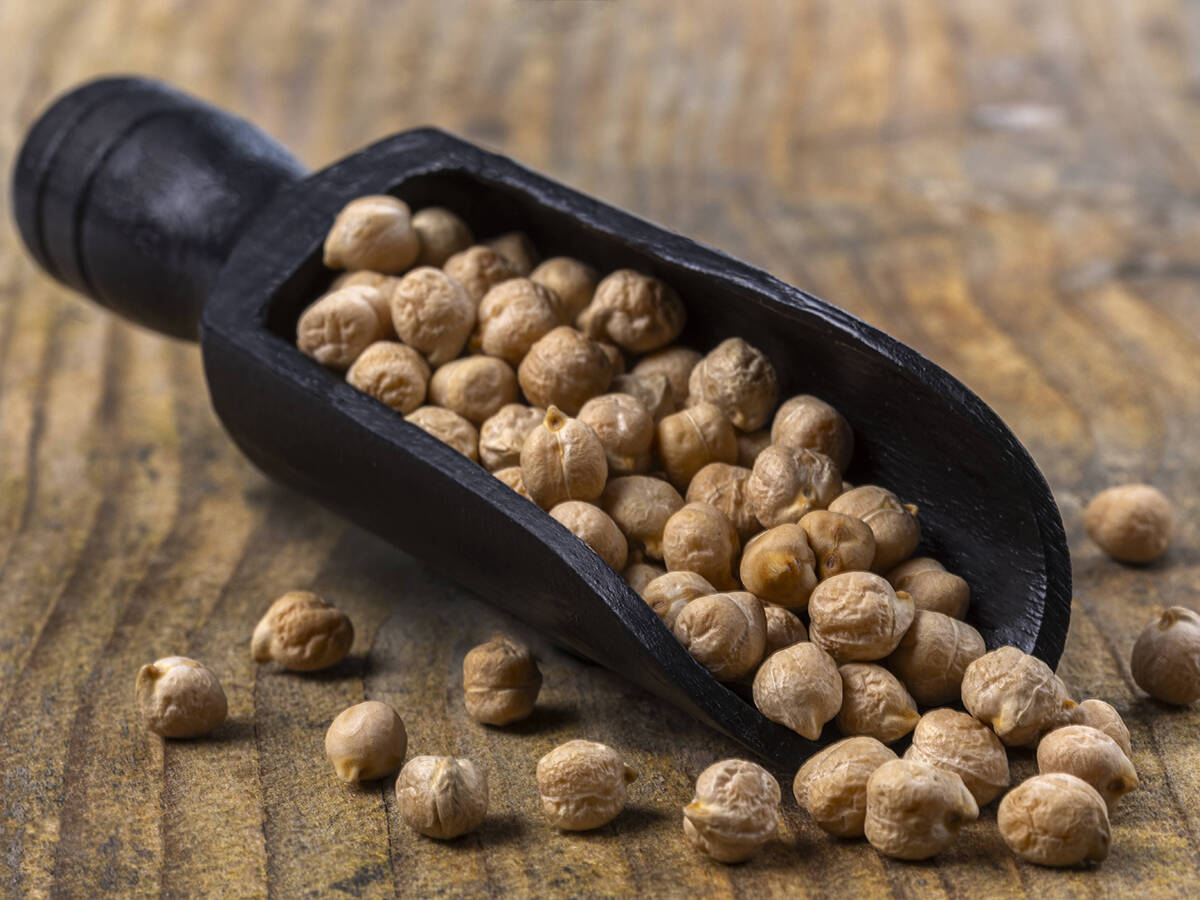
“I’m not making promises, but we’re sure watching to see what the results are,” he said, adding that early results are expected later this fall.
Agronomic case still taking shape
Ken Coles, CEO of Farming Smarter, also said the idea of planters for pulses makes sense, and that there could indeed be disease benefits.
“I wouldn’t disagree that sometimes a wider row spacing might allow for more airflow. That might be a good thing for disease management,” he said.
Farming Smarter is a southern Alberta non-profit that runs agronomic research trials and shares practical, science-based best practices with farmers.
The group co-authored a 2021 study in the Canadian Journal of Plant Science that compared precision planters and air drills across 12 site-years in Alberta. The work found planters could cut seed use and, under irrigated conditions, boost canola yields by about 10 per cent, though results were mixed under dryland conditions.
Coles noted that planters first made their mark in canola through the seed industry. Hybrid seed producers once relied on old box drills to keep male and female seed rows separate, but precision planters offered a simpler and more accurate way to do the job. Many seed growers adopted them early on because they were already using planters for crops like dry beans or sugar beets.
That early adoption set the stage for broader, on-farm interest. And for regular canola growers, Coles said planters bring clear advantages in seed placement.
“Honestly, they’re designed to do a better job than our traditional air seeders,” he said. “They will do a better job in every setting. Does that mean you can just jump straight into using them? No, there’s a lot more to the story.”
That story includes crop type and environment. Coles points out that you could plant anything and expect better seed placement, but the reason that canola is a better candidate than, say, wheat is because of what he described as the crop’s plasticity.
“Canola has an amazing ability to branch and take advantage of the space that it has,” he explained.
He pointed to Australia, where farmers began using planters sooner than here in North America. However, they were using comparatively wide row spacings under quite different environmental conditions. That approach didn’t translate well to Prairie conditions.
“When we tried using a planter on 30-inch rows here, it just didn’t do well,” Coles said. “When we moved it down to about a 15-inch row spacing, then we found that it was pretty competitive.”
Results across years and conditions have been mixed. Under irrigation, Coles found the narrower rows were better, but with dryland farming, moisture became the critical factor.
“So sometimes it was better, sometimes it wasn’t. It was a little inconclusive,” he said.
That uncertainty highlights why Prairie growers are cautious.
Not built for zero till
One of the downsides to planters is that they were not designed for zero-till systems.
“That’s where having row cleaners is important, and the appropriate down pressure, so that if you want to take it into a zero-till system, it will still do a good job,” said Coles.
Despite the challenges, he said he sees potential growth for the technology, though he doesn’t expect air seeders to disappear. He noted that companies are already incorporating planter features such as parallel linkage, seed firmers and seed singulation into their drills.
“Is it going to be the element of every operation? Probably not. It’s a pretty expensive way to seed certain things,” he said.
Fertilizer adds a wrinkle
Another consideration is fertility.
“You still have to figure out how to get your fertilizer down,” said Coles. “That’s a systemic, on-farm logistics issue when your traditional seeders are set up well to do that.”
Bond agreed and said fertilizer application should be top of mind for farmers considering shifting to a planter. He noted that when farmers switch from a seeder that applies fertilizer during seeding to a planter, they must find another way to put that fertilizer down.
“Is that going to be an extra pass? And if we have that extra pass, then are we essentially giving up the advantages that we’re getting with the planter?”
How a farmer addresses this is critical. Poor timing or placement can lead to environmental losses that aren’t obvious right away but can drag yields down over several years.
Bond noted that moving fertilizer to a separate pass means farmers must weigh trade-offs: spring applications reduce losses but add workload at a busy time and risk drying out the seedbed, while fall banding can be efficient if soils are cool, with the added benefit of often cheaper fertilizer prices.
He stressed that the key is finding an alternative system that matches the efficiency of an air drill. Otherwise, the economics of switching to a planter may not hold.
Fertilizer prices make the issue sharper.
“Phosphorus is very expensive. Our market rates in Manitoba are close to $1,300 a tonne,” Bond said. “Because we’re widening our seed rows, we can’t put quite as much in the seed row as starter fertilizer due to seedling toxicity and fertilizer toxicity.”
That means phosphorus often must be placed elsewhere, adding cost and complexity.
Weeds complicate the picture
Weed control is another factor farmers need to examine.
Bond pointed out that farmers moving to a wider row spacing with canola need to be diligent when it comes to weed control.
“The wider your row spacing, the longer it takes for that canopy to close, the more opportunity there is for weeds like kochia and the redroot pigweeds and lamb’s quarters to really take off,” he said.
Where planters fit
Despite the challenges, Bond sees scenarios where planters make sense.
One is on farms where the air drill is maxed out. A planter can add seeding capacity, allowing some canola to be seeded earlier rather than at the tail end of the window, potentially improving yields.
“It just alleviates that pressure,” said Bond.
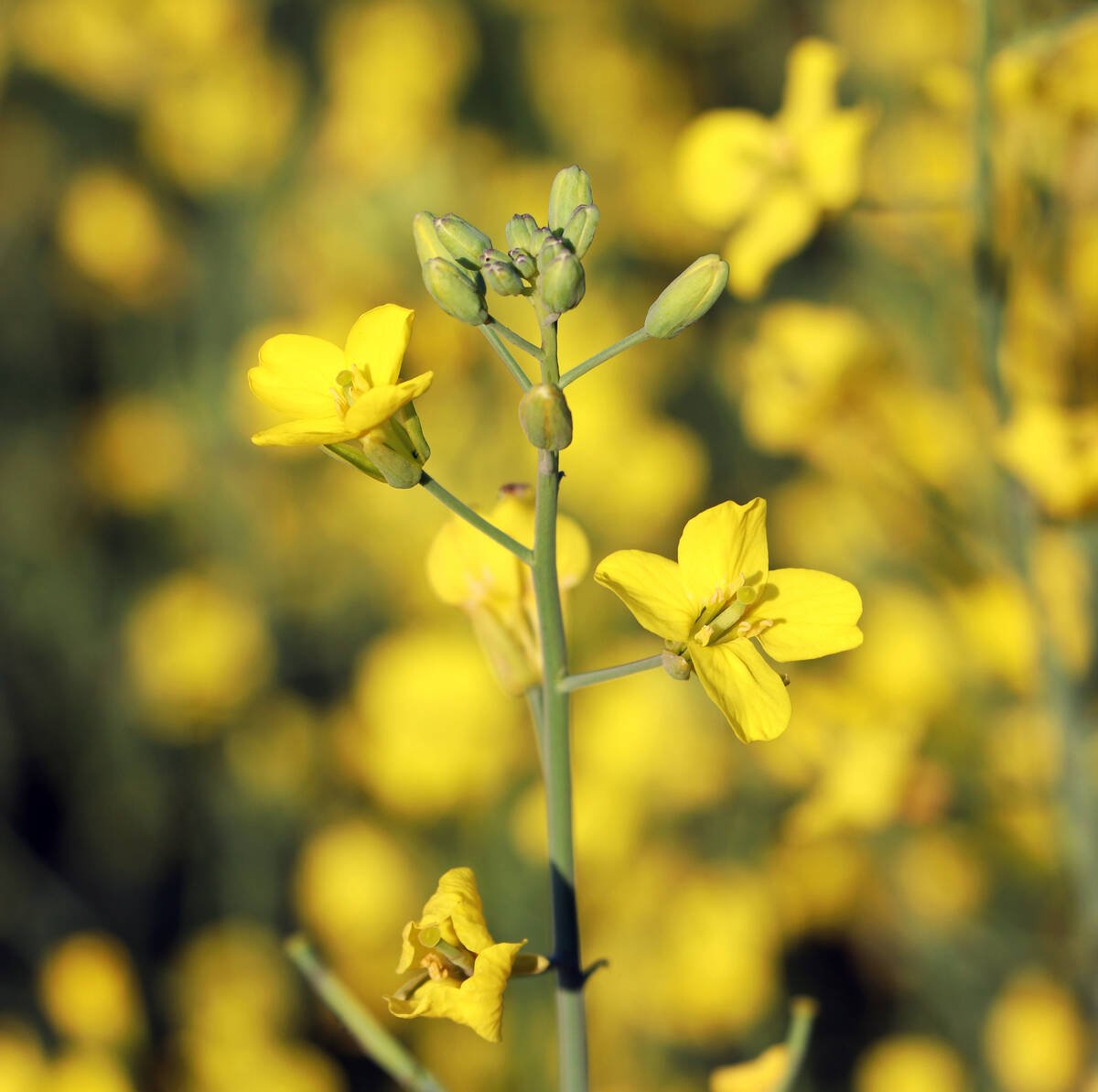
Another is on farms already growing corn or soybeans, where a planter is in the yard for those crops. In those cases, shifting some canola acres makes sense without overhauling the system. Bond said most of his clients don’t seed all their canola with planters, but allocating a portion of acres can be a good fit.
“To look at it from a whole farm perspective is very beneficial,” he said.
A constructive debate
Bond said the fact that farmers are talking about planters at all is a positive sign.
“This debate has been going on for a good 10-15 years,” he said. “Some producers just love using planters with canola because they’re able to save $30 or $40 an acre on seed costs, and they feel that pretty much pays for the planter in their situation.”
At the same time, other farmers remain skeptical.
However, Bond says more important than any single answer is the debate itself. He sees the discussion as a good thing because it has farmers talking about reducing costs without reducing yield.
“That’s the only way that producers are going to get through tight margin years.”


